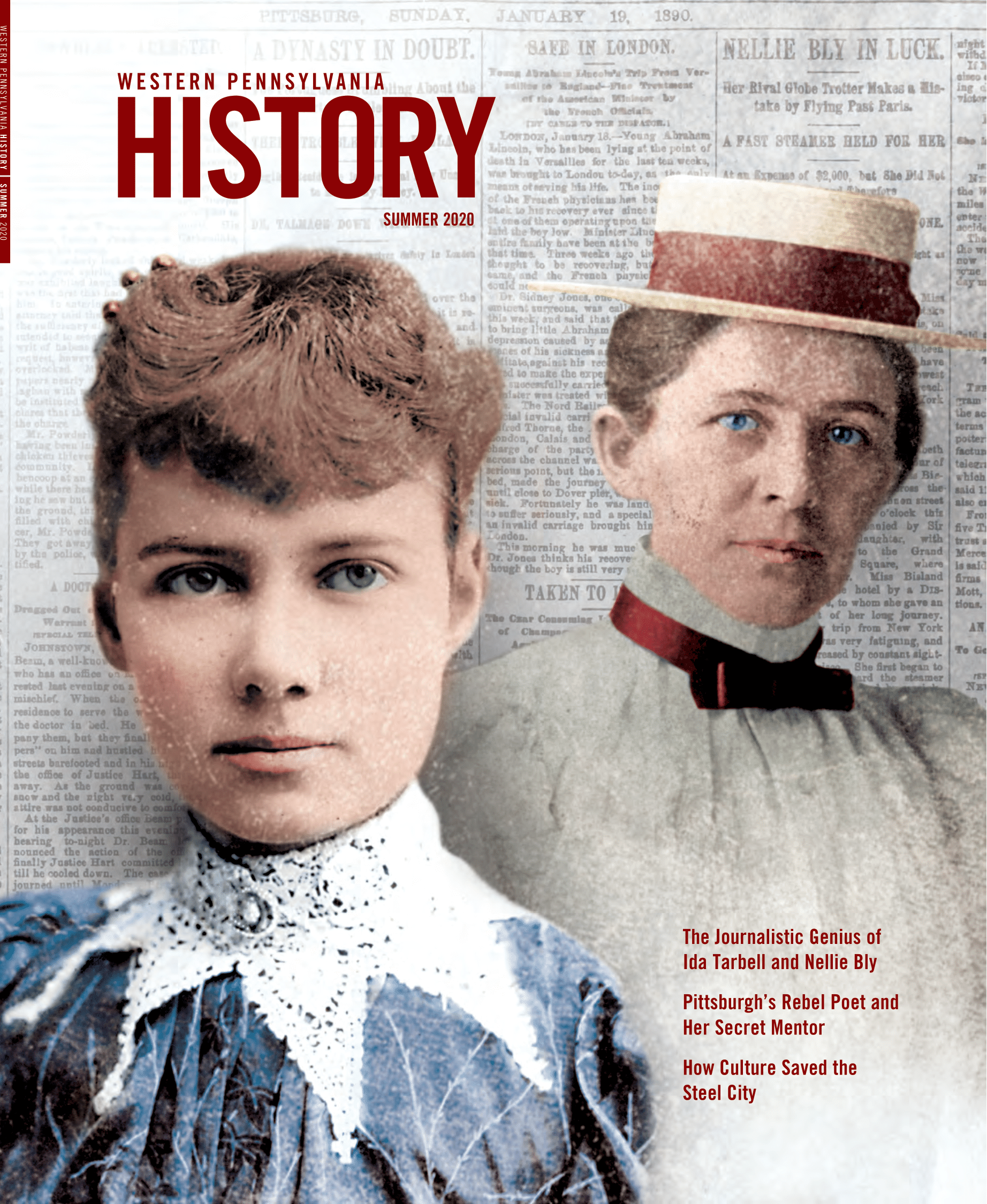Abstract
Beginning at manufacturing centers as far away as India and China and ending deep in the interior of North America, the 18th-century fur trade linked thousands of individuals in a network so vast that those at either end could scarcely conceive of its complexity. In the river valleys around Fort Pitt, near one end of the supply chain, British and American Indian communities worked in concert to ensure that a steady harvest of furs and skins were exchanged for much-needed consumer goods originating hundreds, if not thousands, of miles away In addition to a staggering variety of available trade goods—from silk ribbon to horn combs and silver brooches—a clearer picture of women’s lives and their work in the 18th-century Ohio Country can be found in the pages of several Pittsburgh trade ledgers that survive from the period. One unpublished manuscript, housed in the collection of the Fort Pitt Museum and titled simply Adventure, is unusually rich in such material. Its pages provide a snapshot of a multitude of women of diverse experiences and ethnicities— Delaware, British, German, and African— linked by their interaction with the Pittsburgh trading firm of Devereux Smith and Ephraim Douglass from 1771 to 1776.
